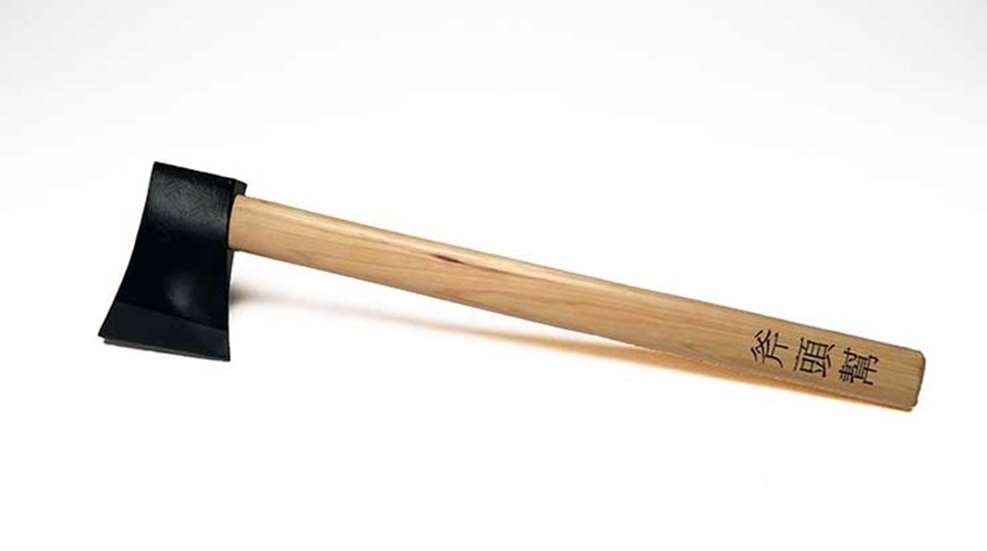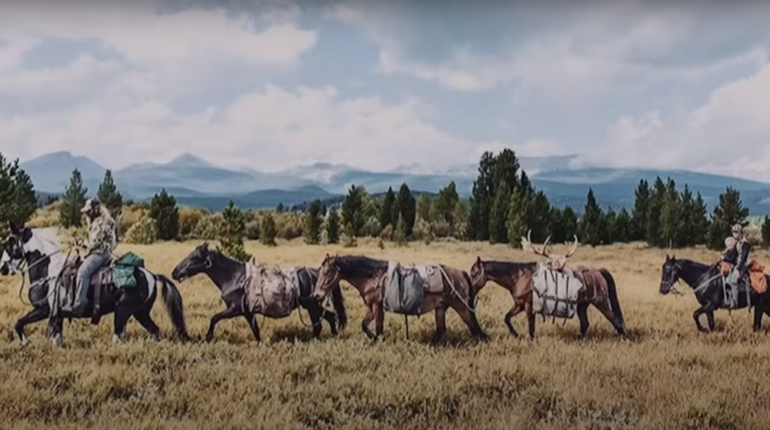
1. No matter what size axe you choose, it should have a forged steel rather than cast steel head. Cast steel does not hold a sharp edge as well, and breaks more readily than forged steel. The best axes are made from high-quality carbon steel which has been tempered to resist brittleness.
2. When selecting a wood-handled axe, be sure the grain of the wood is straight for the entire length of the handle. Hickory is considered the best wood for axe handles.
3. Don't attempt to patch a cracked or splintered axe handle. You must replace it.
4. When replacing a wood axe-handle, cut off the old handle as close to the metal head as possible. The remaining wood can be dug out of the eye (which is the hole where the haft is mounted) of the axe-head in small pieces. Insert the new handle in the eye and tap it into place. Cut two hardwood wedges and insert them in the axe-head next to the handle. Drive the wedges in as far as they will go, so the handle is seated snugly in position and is as tight as possible.
5. To protect the axe handle, rub linseed oil into the wood of the handle along its entire length using a soft cloth. Never varnish or paint an axe-handle. Painted or varnished handles can cause your hands to blister during use.
6. If an awe-head is loose, do not use it until it has been tightened. You can tighten a loose handle by driving the hardwood wedges in further to fit more snugly, or you can soak the axe-head in water...which will cause the wood to swell, and the handle will then fit more tightly.
7. In extremely cold weather, always warm an axe before starting to cut. Cold makes the metal brittle, which could cause the axe-blade to snap.
8. When using an axe, always work on a chopping block. A stump or log is fine for this purpose. Always be sure no one is standing in line with the swing of your axe; ensure that the area of the entire swing is clear of all obstructions.
Editor's note: The axe pictured above is the "Axe Gang Hatchet" from Cold Steel. You can read more about it here!






































